Galaxy
Space nebulae are stunning cosmic formations composed of gas, dust, and various celestial elements. These captivating structures are often massive, spanning vast distances in space. They come in various shapes, sizes, and colors, each displaying its unique characteristics. Here are some key points about nebulae:
Formation: Nebulae are formed from the remnants of dying stars or through the process of star formation. When massive stars reach the end of their lifecycle and explode in a supernova, they scatter elements like hydrogen, helium, and heavier elements into space. Over time, these elements can coalesce, forming nebulae.
Types: There are different types of nebulae:
Emission Nebulae: These nebulae emit light of their own. They often appear reddish due to ionized hydrogen gas.
Reflection Nebulae: These reflect the light of nearby stars and appear bluish in color due to scattered starlight off dust particles.
Planetary Nebulae: Formed from the outer layers of dying stars, these have diverse shapes resembling planets in early telescopic views.
Dark Nebulae: Composed of dense dust, these obstruct light from passing through, creating dark patches against the background stars.
Characteristics: Nebulae can showcase mesmerizing colors due to the ionization and excitation of gases, often caused by nearby stars or intense radiation. They can take on various shapes—some appear as vast clouds, while others have intricate, filament-like structures.
Significance: Nebulae play a crucial role in the lifecycle of stars. They are the birthplaces of stars, where new stars form from the gravitational collapse of gas and dust. Additionally, they contribute to the enrichment of galaxies by releasing heavy elements into space.
Observation: Astronomers use telescopes equipped with specialized filters to capture the intricate details and colors of nebulae, revealing their beauty and providing insights into stellar evolution and the formation of celestial objects.
These cosmic wonders not only serve as captivating sights in the vastness of space but also offer valuable insights into the processes that shape the universe.
-
 0:36
0:36
themindfulminutes
1 year agoThe Galaxy
2 -
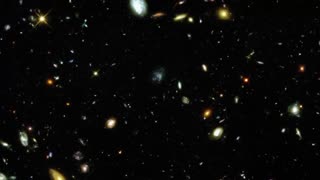 5:43
5:43
Our Final Frontier
3 months agoHow Many Galaxies are There?
35 -
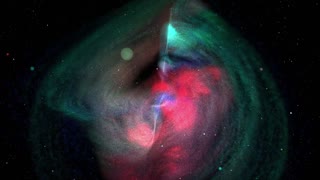 0:14
0:14
LupeEdward
1 year agoA gorgeous cosmic nebula
22.7K -
 13:59
13:59
yokitzy13
1 year agoIs The Earth In The Wrong Place In The Galaxy?
55 -
 0:19
0:19
zhangpaisen02
1 year agoThe Fascinating World of Deep Space Objects
8.27K -
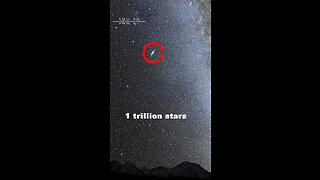 2:48
2:48
SomET
11 months agoSom ET - 43 - Andromeda - 1 trillion stars
52 -
 4:00
4:00
Big Bang - 2023: Our Myth
1 year agoThe Galaxy Web
3 -
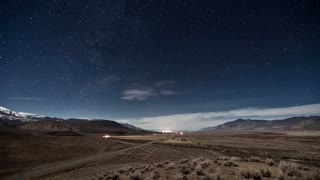 0:12
0:12
zhangpaisen02
1 year agoStargazing: A Journey Through the Cosmos
4.63K -
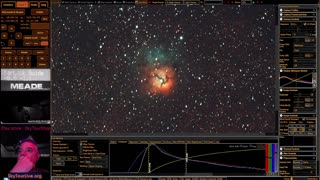 2:18:14
2:18:14
SkyTour LiveStream
8 months agoAnother Beautiful Night Sky Journey! Stars and Galaxies Galore!
3852 -
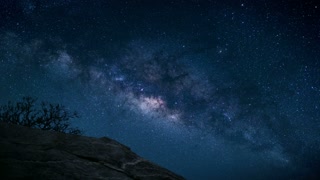 0:10
0:10
zhangpaisen02
1 year agoCosmic Wonders: A Stargazing Journey
4.69K